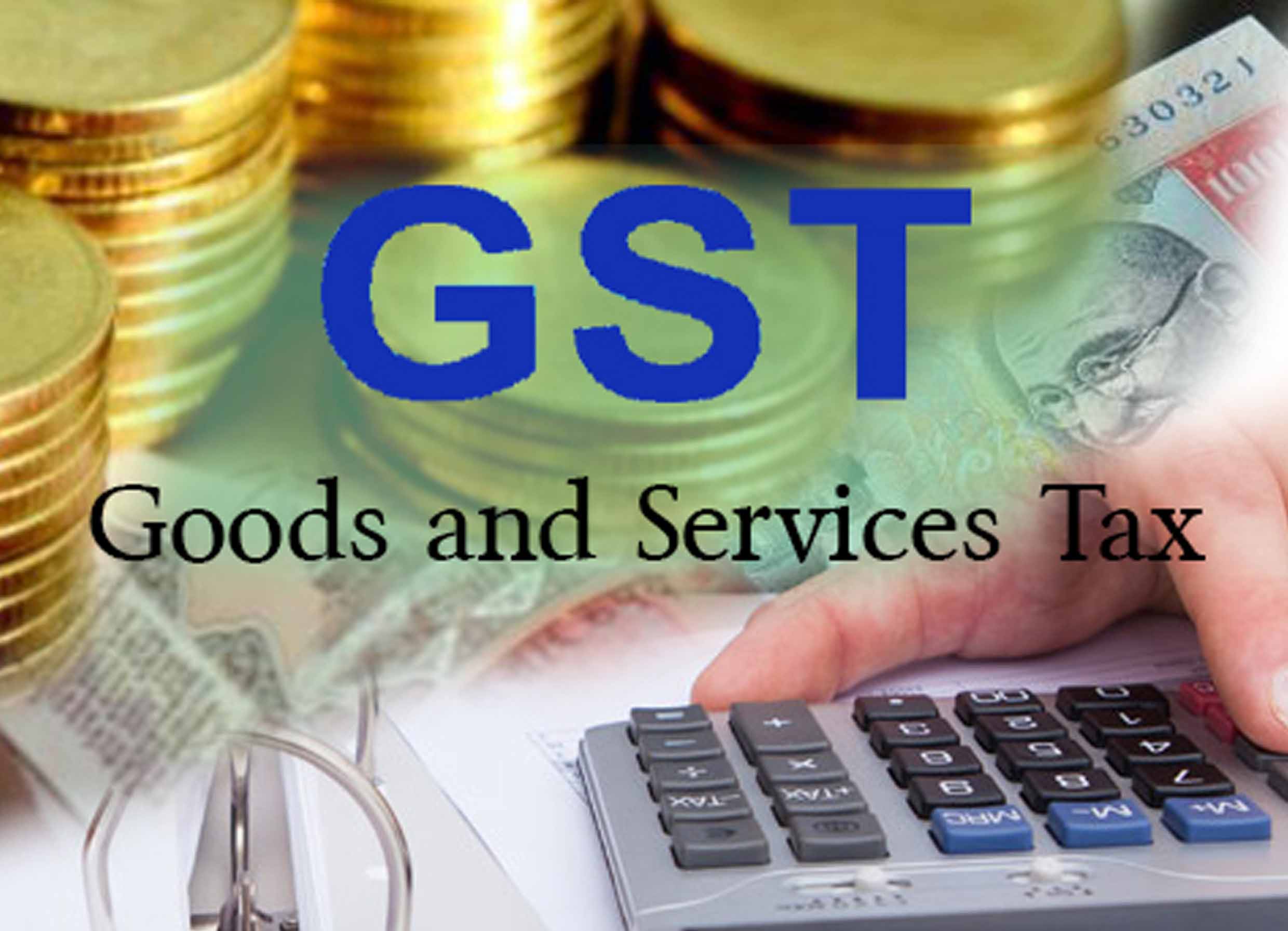GST, a comprehensive indirect tax system, was introduced on 1st July, 2017. The businesses are now in the transition phase, and doing everything possible to get equipped with new taxation reform. Among the various aspects, migrating of input tax credit (ITC) is an important one. The closing balance of ITC of CENVAT, VAT, Service Tax as on 30th June, 2017, will be allowed to carry forward as input tax credit to GST. CENVAT (Including Service Tax) will be carried forward as CGST input tax credit, and VAT will be carried forward as SGST input tax credit.
While this sounds too simple for businesses, there are certain conditions and actions which businesses need to carry out to get the complete ITC without any losses. Here are 5 key actions to carry forward ITC in GST:
- Eligibility conditions to carry forward closing balance of input tax credit:
- Before filing your returns for the month of June, 2017, ensure that all your taxable purchase are accounted for, such that it reflects in your return.
2. It should be allowed as input tax credit under GST.
This implies that you should be a regular dealer to be eligible to avail the input tax credit in GST.
3. Ensure returns as required under Central Excise, VAT and Service Tax are filed for last 6 months prior to 1st July, 2017.
Only when all of the above conditions are met, you can migrate your existing input credit to GST. - Declaration of Input tax credit in Form GST TRAN-1
Most important action point for the credit of taxes under GST is, you need to submit an e- declaration in Form GST TRAN-1 within 90 days from the date of implementation of GST. You need to separately list down the type of taxes such as, Basic Excise Duty, CVD, and Service Tax, and so on, along with the claim of input tax credit.
- Details to be captured in Form GST TRAN-1 for carrying forward CENVAT credit
You need to furnish the following details in Table No. 5(a) :
- Registration number of Excise and Service Tax.
2. Tax period for which the last return was filed under the earlier law.
3. Date of filing the return.
4. Balance CENVAT credit carried forward in the last return.
5. CENVAT Credit admissible as CGST ITC in accordance with transitional provisions: This implies that the closing stock against which the ITC was availed in earlier regime, and in GST regime, are supplied as exempt. This is to be used for non-business purpose or any reason for which ITC will not be allowed in GST. You need to reduce the value of your claim to that extent from the closing balance as your last return. - Details of statutory forms received for which credit is being carried forward:
You need to declare the details of declaration forms such as C Form, F Form and H/I Form for the period starting from 1st April, 2015 to 30th June, 2017. The details need to be declared form-wise along with the name of person who has issued the form, serial number of the form, sales amount and the actual VAT rate applicable on the product/commodity. These details needs to be captured in Table No. 5(b) of Form GST TRAN-1 .
Businesses need to track all the sales done against the forms discussed above. They need to ensure that all the pending forms are received from your customers/Branch/Depot. Otherwise, they will be at the risk of paying the differential amount, that is, rate charged in lieu of Statutory Forms, and Actual VAT Rate applicable on the product/commodity.
- Details to be captured in Form GST TRAN-1 for carry forward of VAT Credit
You need to furnish the following details in Table No 5(C) :
- VAT registration number.
2. Balance of ITC of VAT in last return.
3. Provide the details of pending forms ( C,F,H/I) to be received:
a) Turnover details against each form.
b) Differential amount payable considering the rate charged in lieu of Statutory Forms minus (-) Actual VAT Rate applicable on the Product/commodity.
4 Final eligible claim of VAT ITC – The differential rate payable on sales on which the forms are pending, should be reduced from balance of ITC as per last VAT Return and remaining balance will be your final eligible ITC to be carried forwarded as SGST Credit.
Conclusion
Migration of input credit from the erstwhile law to current GST regime looks very simple. The amount of details to be provided, especially on the turnover related to declaration forms will be a herculean task in case of a business which has not embraced technology completely.
- B. Two important factors need to be kept in mind:
1. Claim all the eligible input credit in the last return that you are filing.
2. Declare the details required as per Form GST TRAN-1 for timely input credit, and the window period for this is 90 days.



